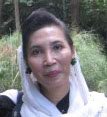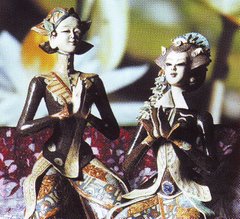World Health Organization (1980)
q Impairment : any loss or abnormality of psychological, physiological, or anatomical structure or function
q Disability : any restriction or lack resulting from an impairment of the ability to perform an activity in the manner or within the range considered normal for human being
q Handicap : a disadvantage for a given individual , resulting from an impairment or a disability, that limits or prevents the fulfillment of the role that is normal for that individual
Conventional Medical Model Versus Rehabilitation Model
The general orientation of the medical model is toward disease, while rehabilitation medicine is toward disability, or more broadly , illness.
Diseases is defined as the interaction of a pathologic process with individual molecules , cells, and organs. It is essentially a biological event.
Disability or illness, is essentially a human event. It represents the resulting interaction of a person with a disease.
Physician’s Role
In the medical model, the physician role tends to be active. It is a physician who does the examination, orders the tests, makes a diagnosis, abd prescribes appropriate medications. The physician role in rehabilitation model also encompasses these functions but extends to include helping the patient adjust to the disability and problem solving to minimize the functional loss from a long-term, chronic condition.
Patient’s Role
In the medical model, the patient’s role is often passive and uninformed , with diagnosis and therapeutic measures done or given to him. By contrast , in the rehabilitation model, the patient is encouraged to be an active, informed participant.






